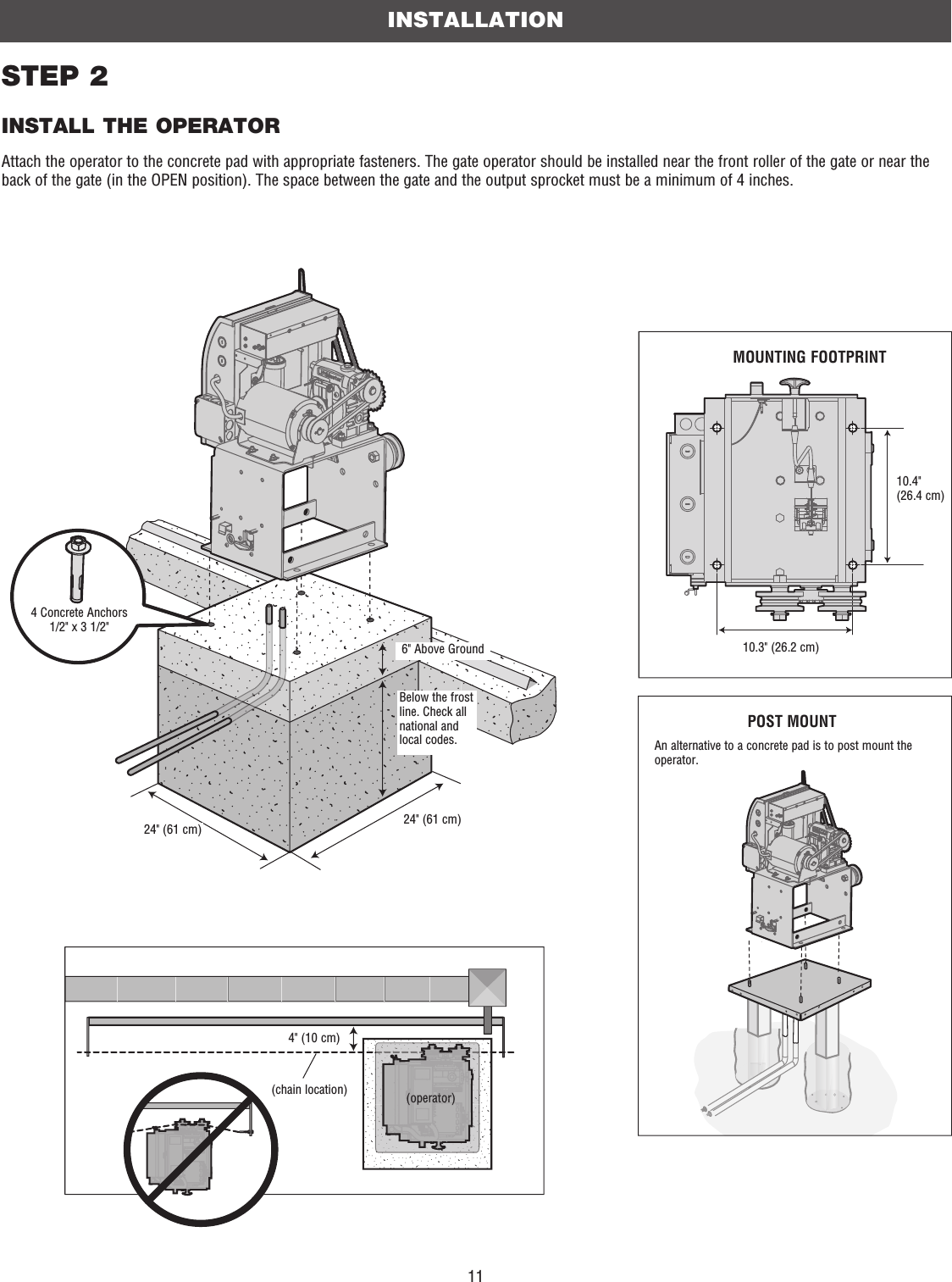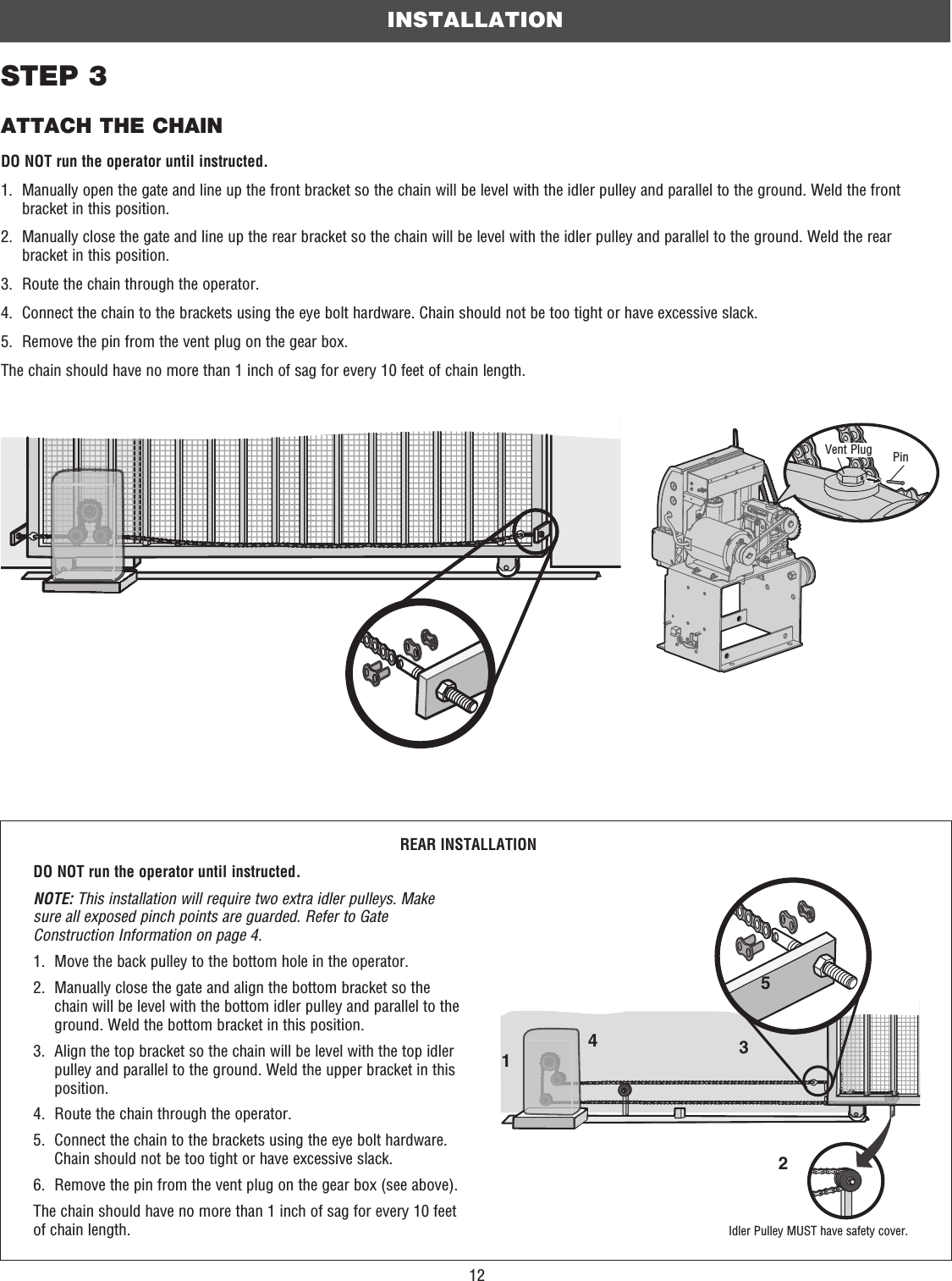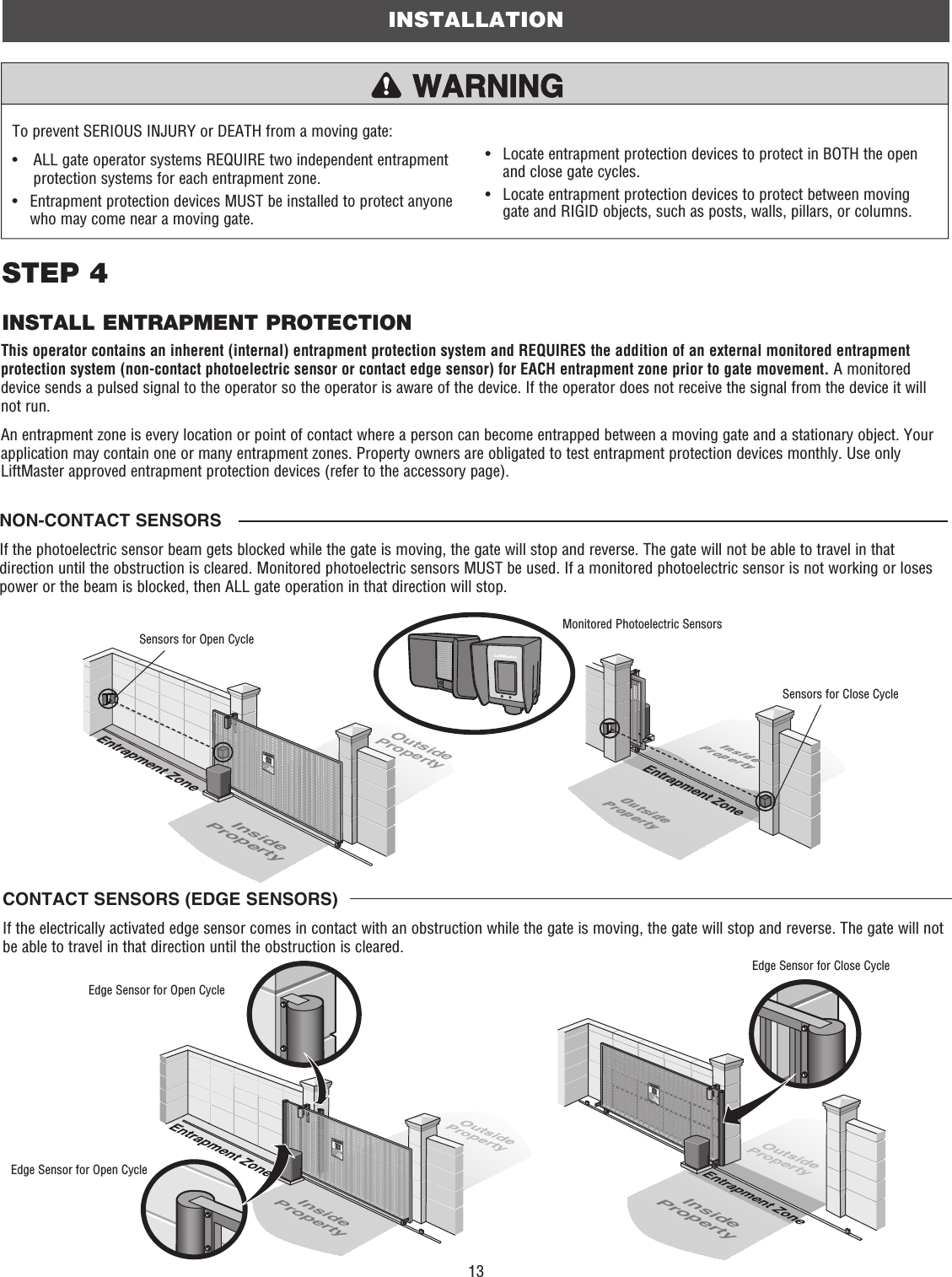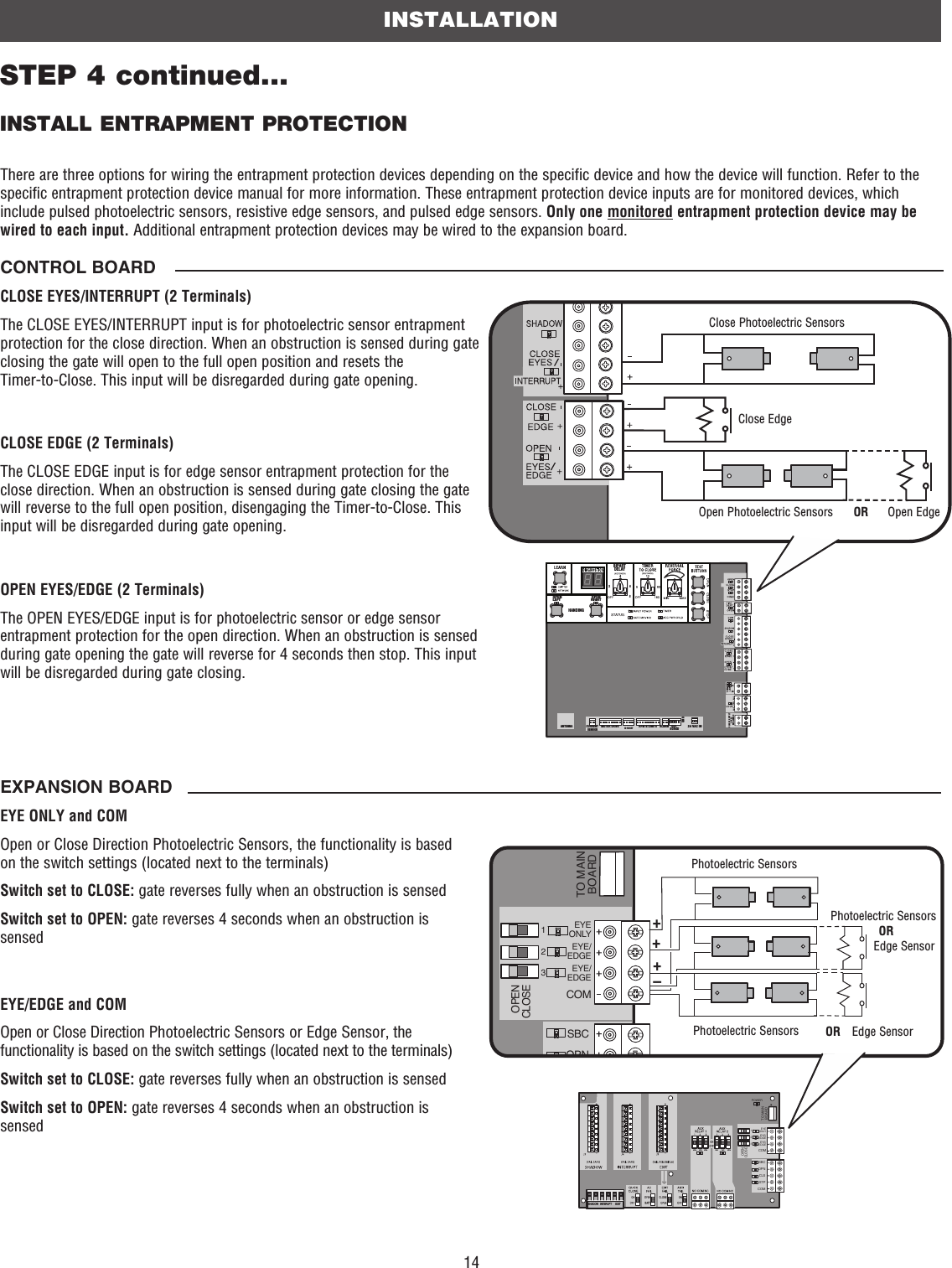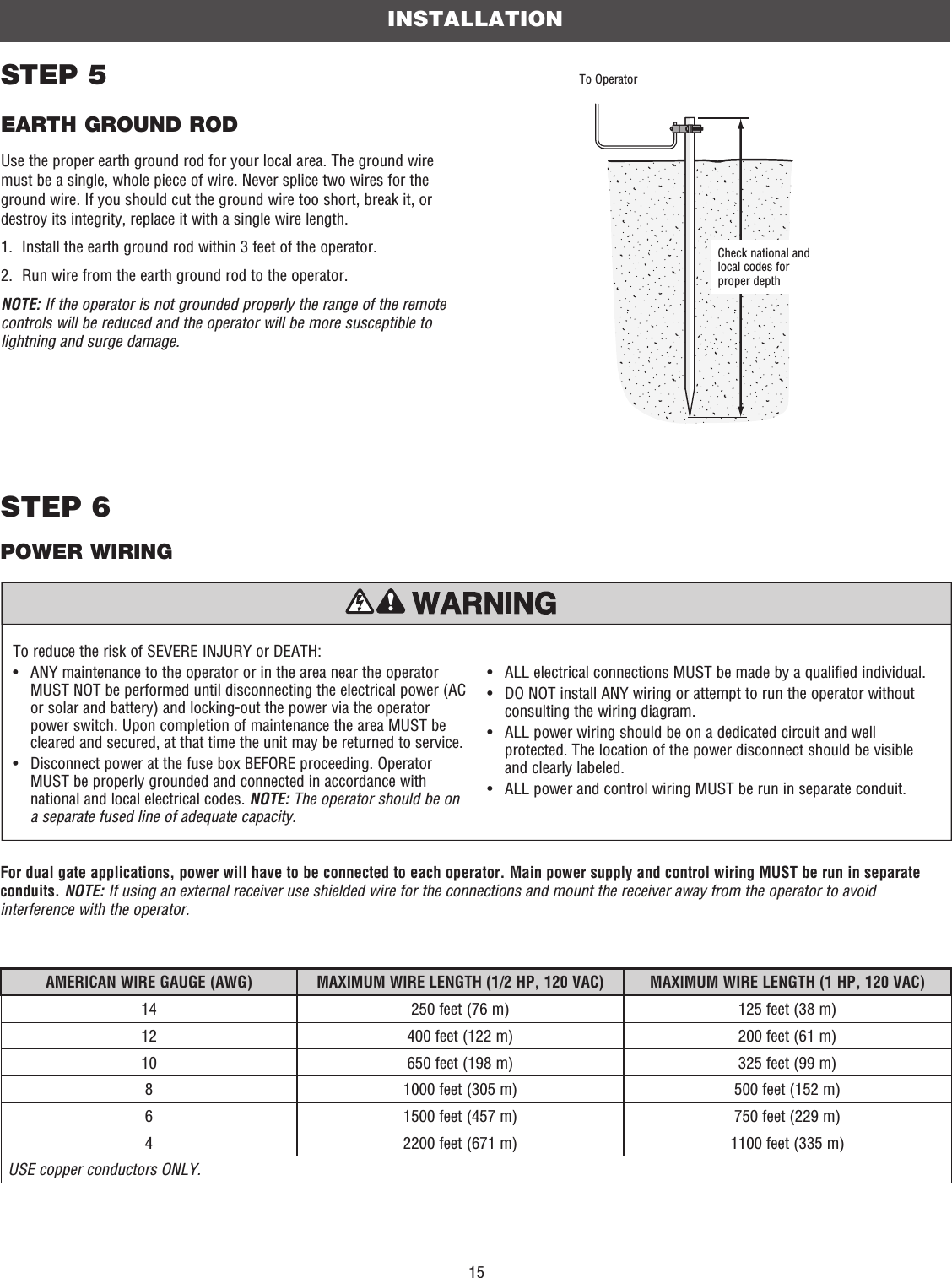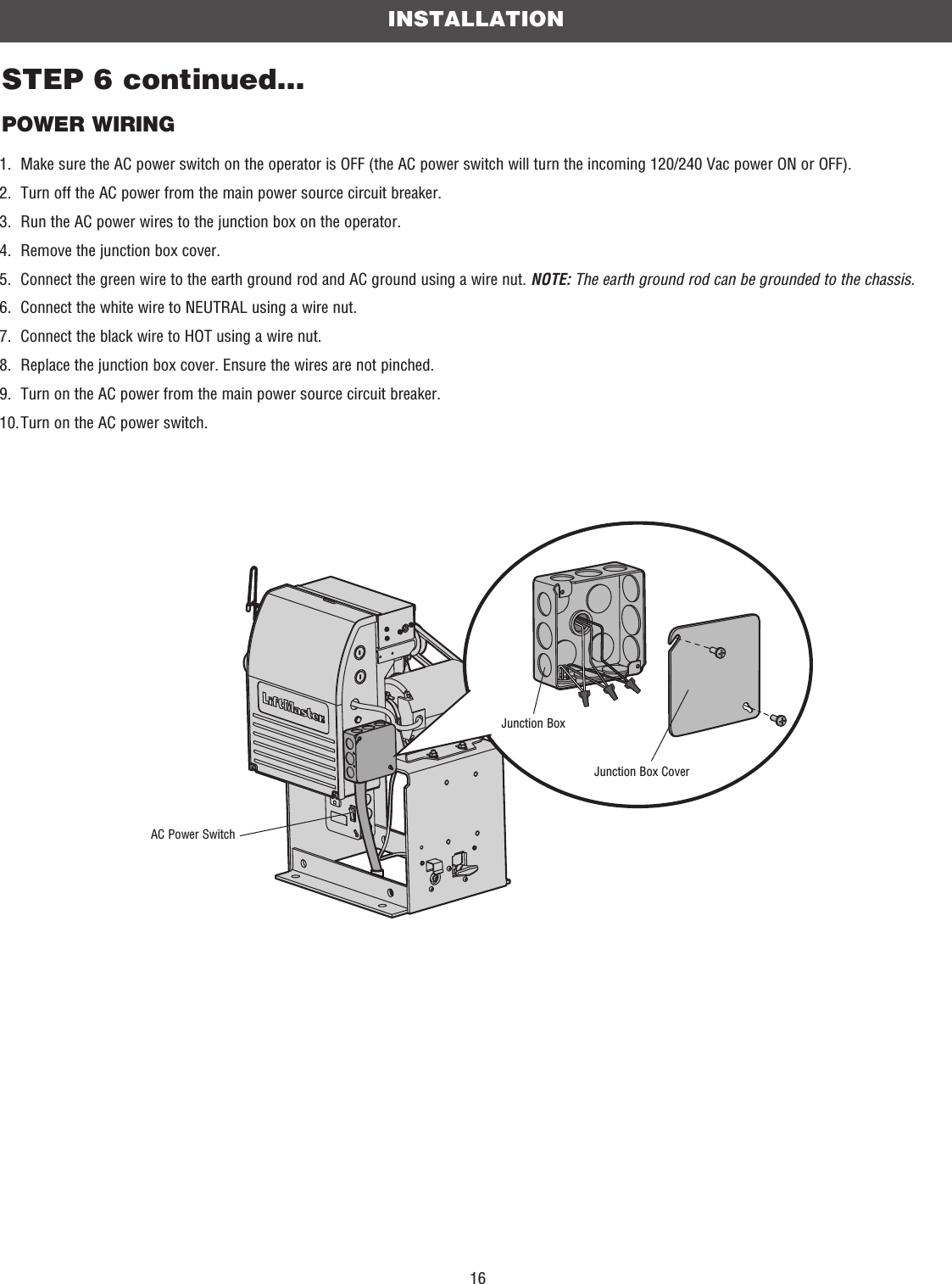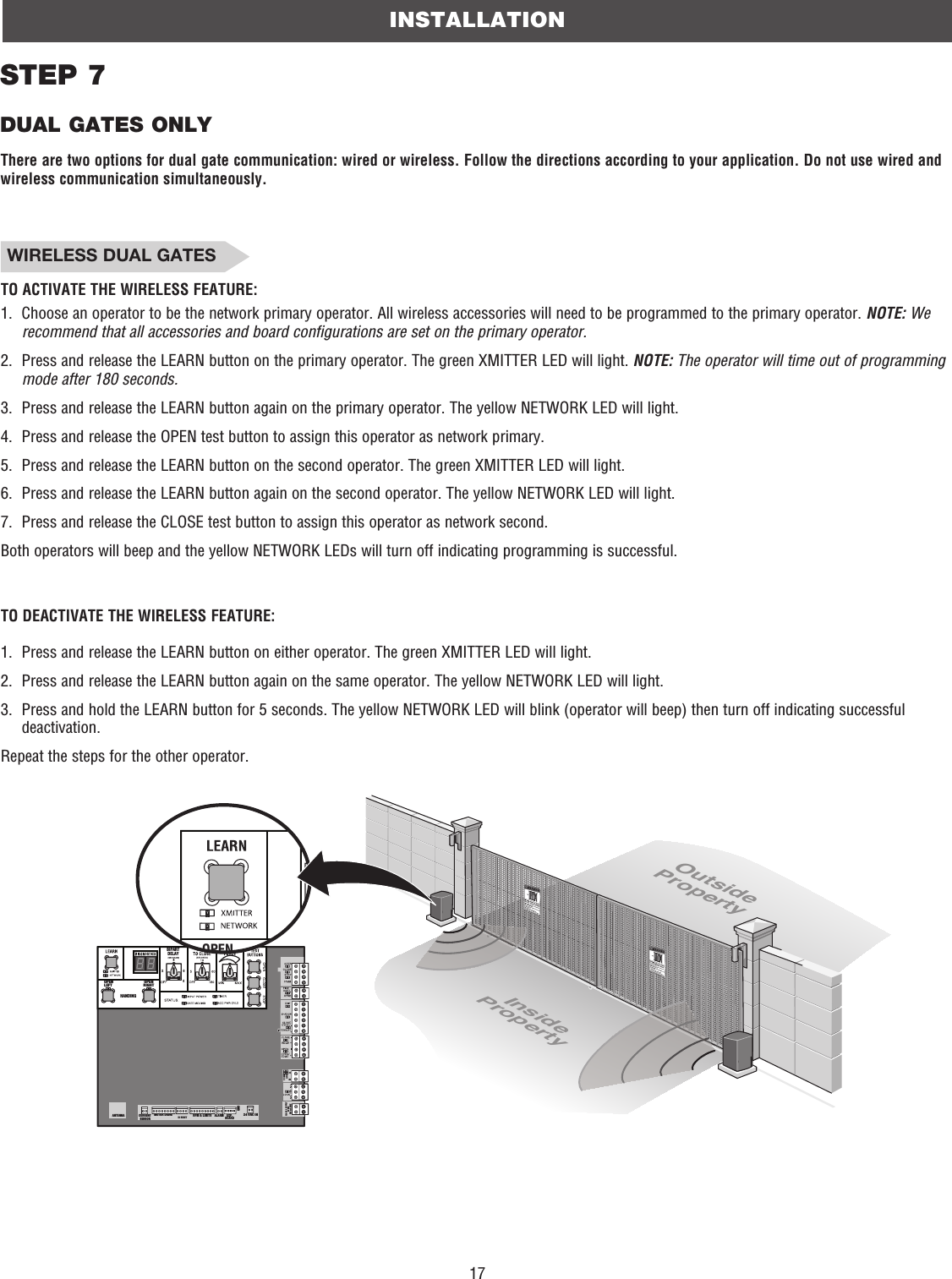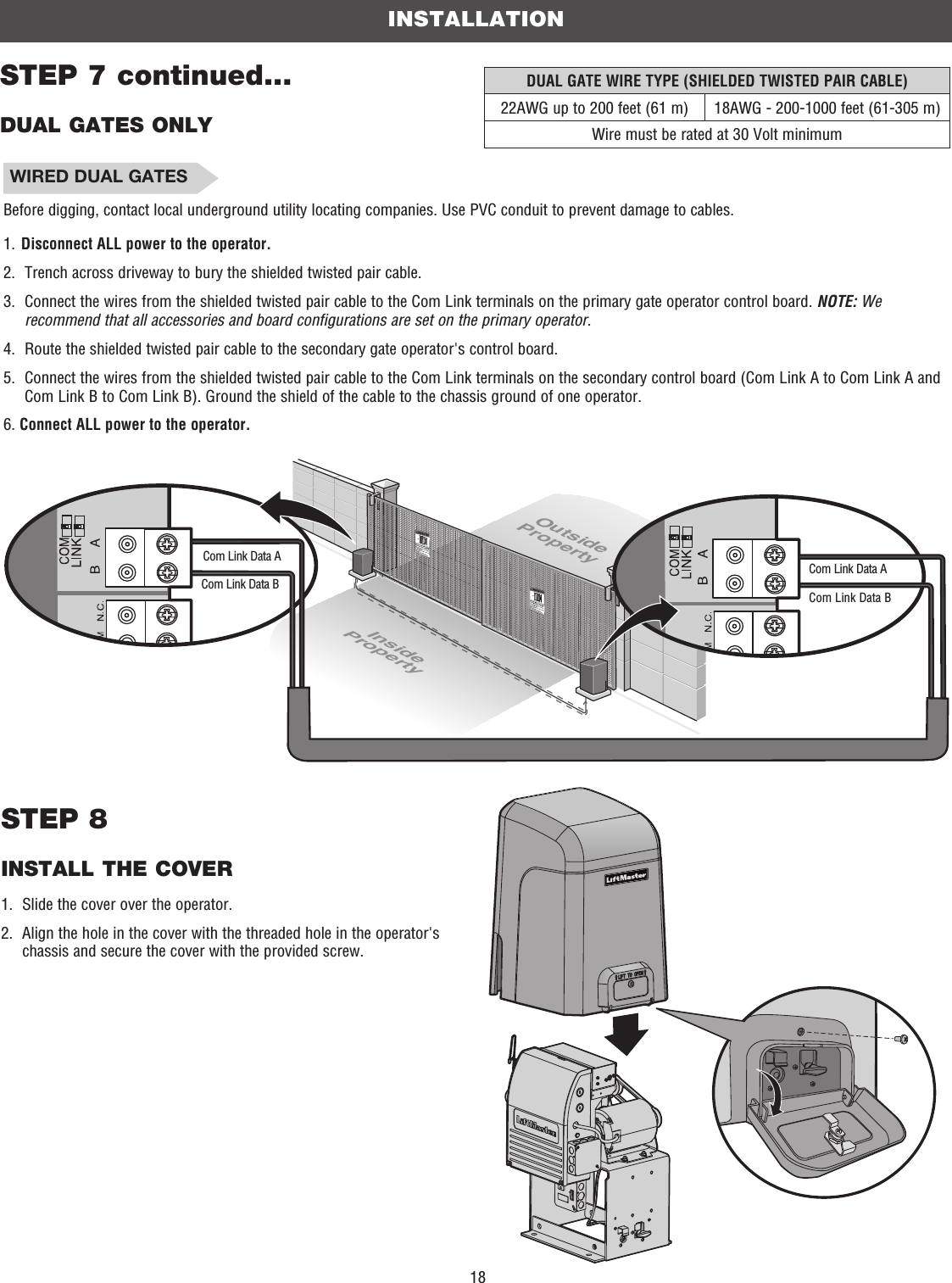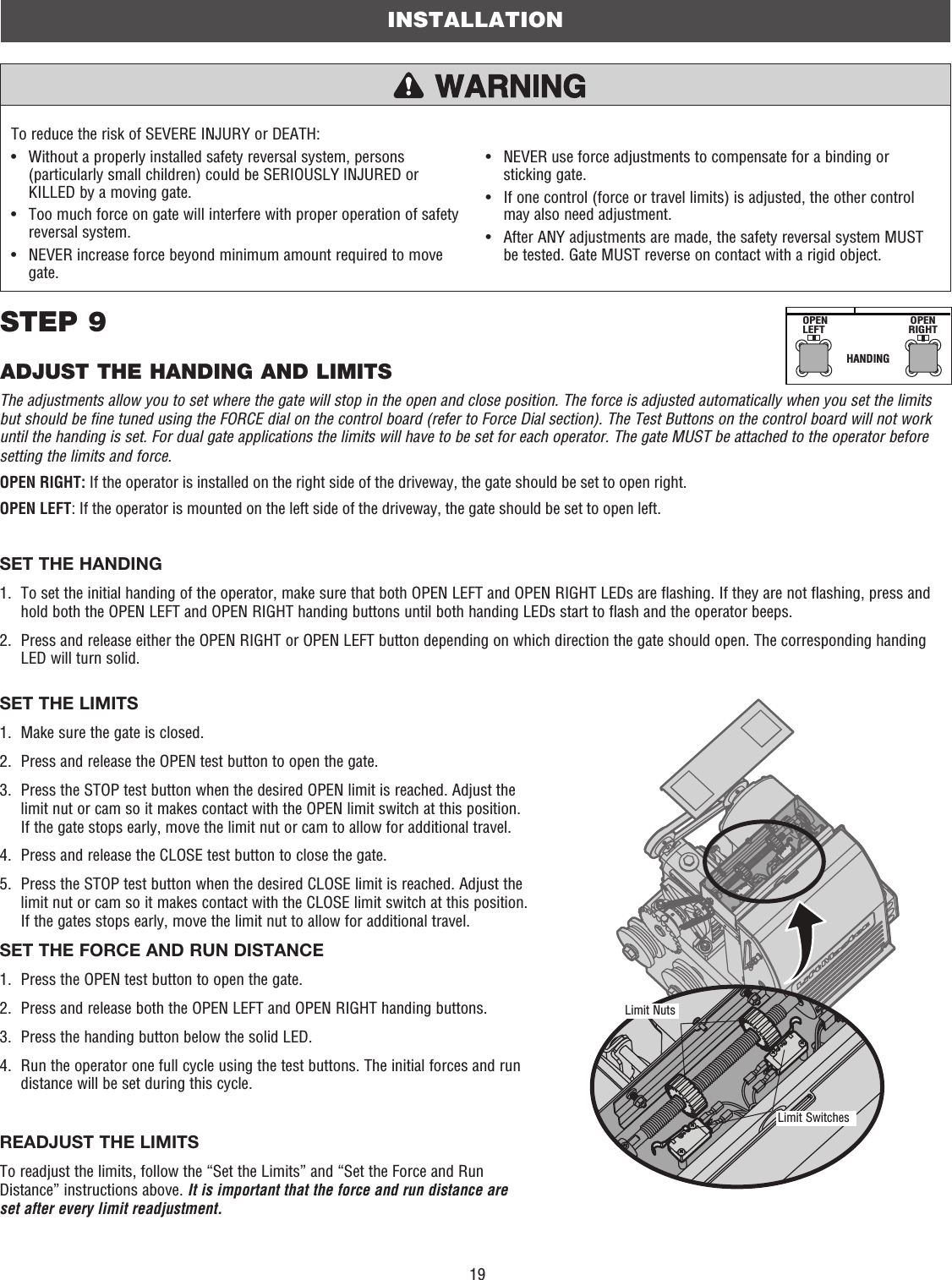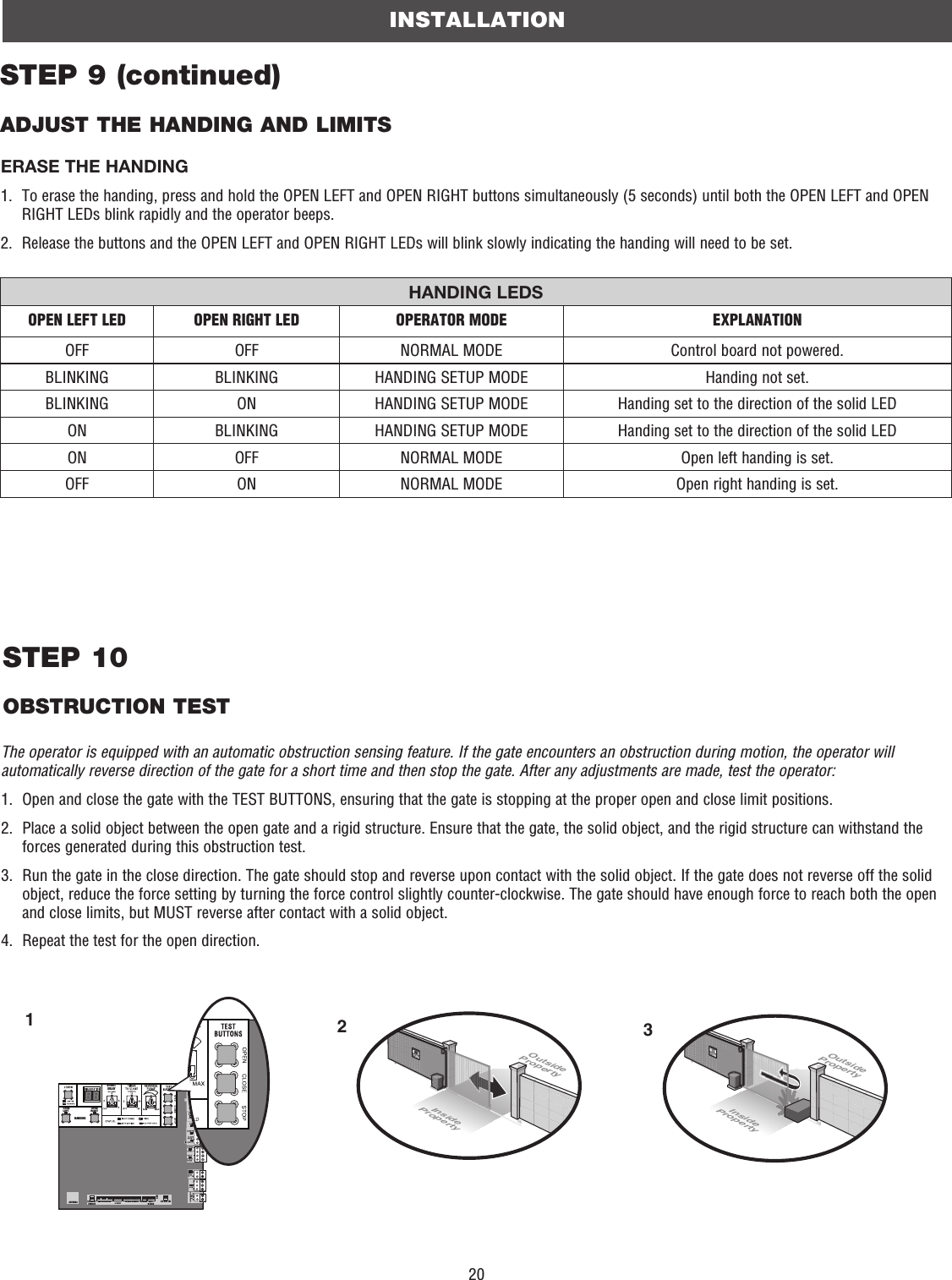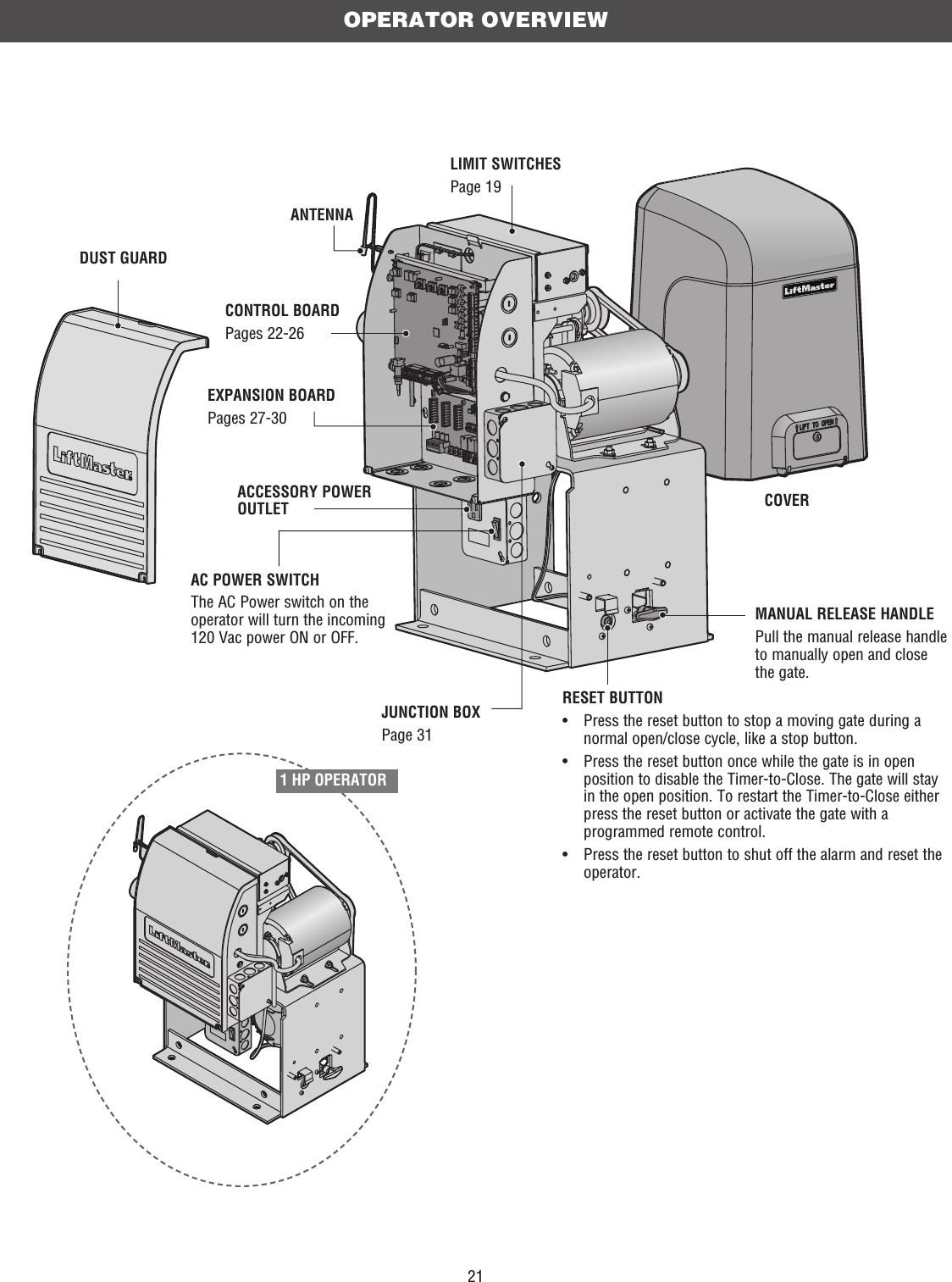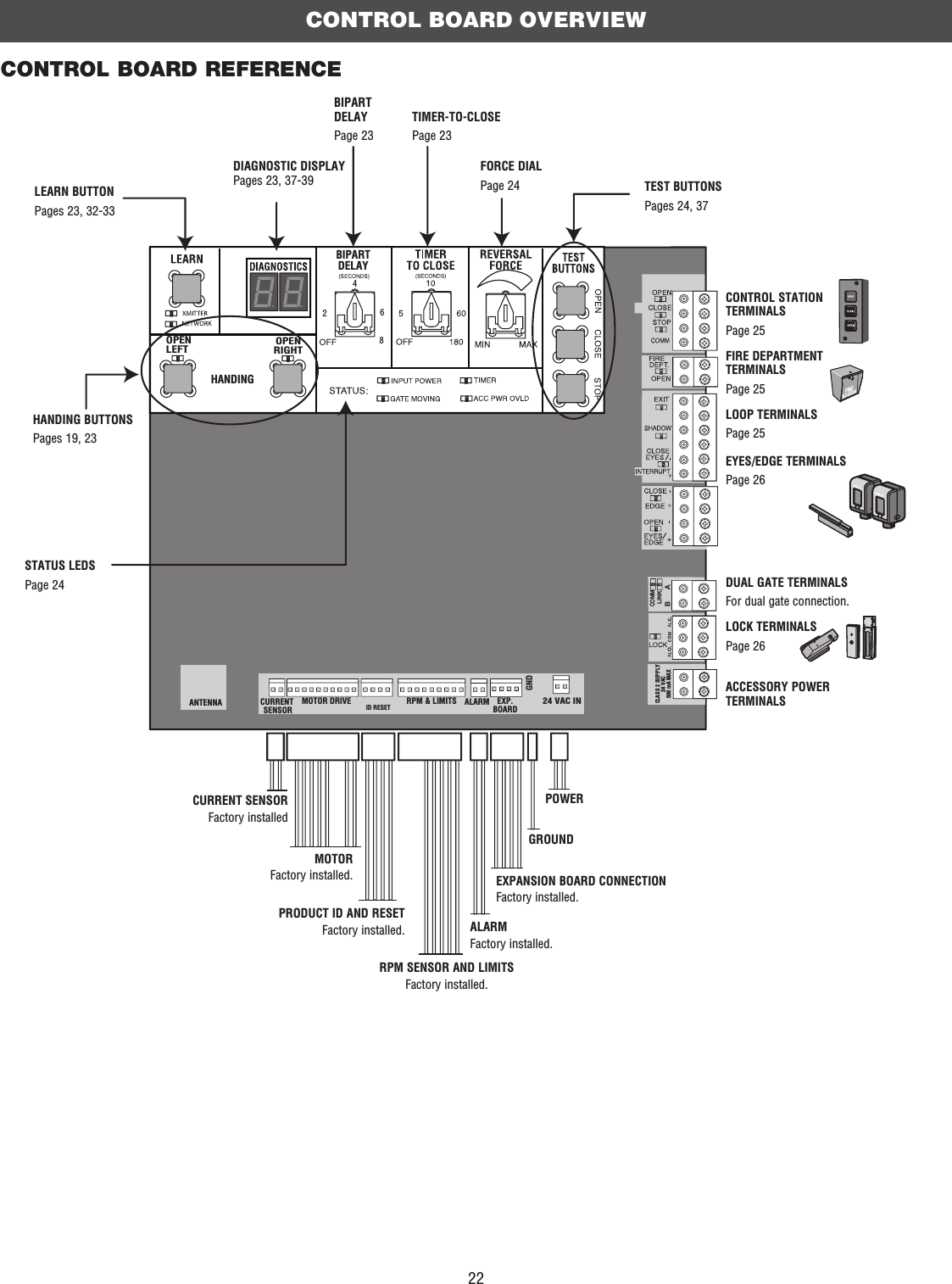Chamberlain Group The 6761 Gate Operator Ebox Assembly User Manual
Chamberlain Group Inc, The Gate Operator Ebox Assembly
Contents
- 1. User Manual SL3000 English Manual for FCC 01-37920 Pt1a
- 2. User Manual SL3000 English Manual for FCC 01-37920 Pt1
- 3. User Manual SL3000 English Manual for FCC 01-37920 Pt2
User Manual SL3000 English Manual for FCC 01-37920 Pt1
